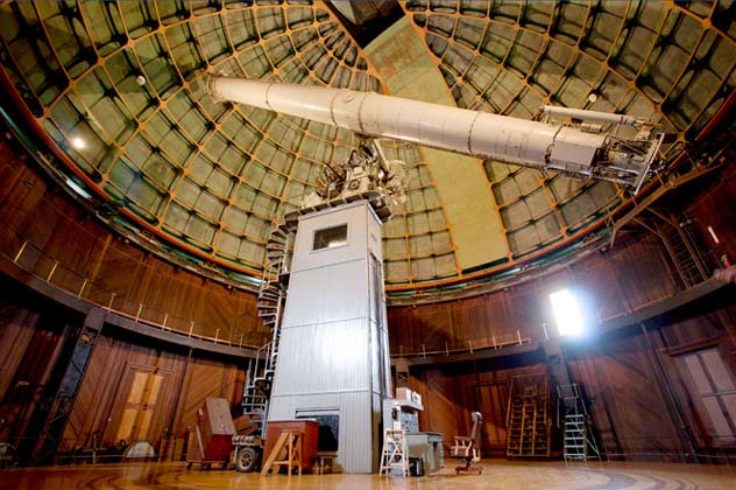Refracting Telescope
What is a Refracting Telescope?
Many scientific telescopes today use lenses to collect more light than the human eye could collect on its own. Their role is to focus the light and make distant objects appear brighter, more transparent, and magnified. A refracting telescope, or a refractor, uses a combination of lenses to produce images of distant objects, e.g., stars and planets that would otherwise not be visible with the human eye. A simple refracting telescope is made up of two lenses, which are called the objective and the eyepiece. The principle of a simple refracting telescope is that parallel rays of light from a distant object fall on the objective lens, which produces an image of the object at its focus. The rays from the object pass through the eyepiece allowing the observer to see the image, sometimes magnified.
History of Refracting Telescope
The history of refracting telescope goes back to 1608 when German-Dutch eyeglass maker Hans Lippershey unsuccessfully attempted to patent one. He is most often associated with the invention of the telescope. However, the first successful refracting telescope came in 1609 when Italian astronomer, physicist, and engineer Galileo Galilei constructed a version on his own and made remarkable astronomical discoveries. German astronomer and mathematician Johannes Kepler made some modifications to Galileo’s design and contributed immensely to the field of optics.
Examples of Refracting Telescopes
Many large refracting telescopes have been constructed throughout history. Some notable examples are Lick Observatory, Lowell Observatory, Archenhold Observatory, Royal Greenwich Observatory, Nice Observatory, and Yerkes Observatory, which houses the largest refracting telescope in the world.
Image Courtesy: Skyandtelescope.org
Parts and Components of Refracting Telescope
The parts of a refracting telescope consist of:
- Objective
- Eyepiece
- Finderscope
- Optical tube
- Aperture
- Focuser
- Mount
There are two main designs of refracting telescope – Galilean Telescope and Keplerian Telescope. The distance between the objective and the eyepiece is the sum of their focal lengths. The magnification of a refracting telescope is equal to the focal length of the objective divided by the focal length of the eyepiece. The brightness of an image depends partially on the amount of light collected by the telescope, which is directly proportional to the area of the objective lens.
Advantages of Refracting Telescope
- Superior resolving power per inch of aperture
- No reflections or disruption of the path of light
- Near permanent optical alignment – requires minimum maintenance
- Long focal ratios mean using longer focal length and simpler eyepieces
- Glass surface inside the tube is sealed from the atmosphere and seldom requires cleaning.
- Since the tube is closed off from the outside, effects of air currents and changing temperature are absent, thereby, giving sharper and steadier images.
Disadvantages of Refracting Telescope
Chromatic Aberration
A problem arising with refracting telescopes is the frequency dependence of refraction. The amount of refraction at the surface of each lens depends on the wavelength of light. This effect is called chromatic aberration and produces a rainbow of colors around the image. The longer wavelengths (red end of the visible spectrum) bend less than the shorter wavelengths (blue end) as they pass through the lens. By combining several compensating lenses of different optical strengths and materials, chromatic aberration can be reduced.
Size and Cost
They can be heavy, especially if the aperture is large, which requires large and heavy lenses. They can also have a more elongated body due to the long focal length of the objective lens, which can be a challenge for transportation, storage, maintenance, and cleaning. They may be quite expensive, as large high-quality lenses are more costly to produce.
Article was last reviewed on Tuesday, May 12, 2020









